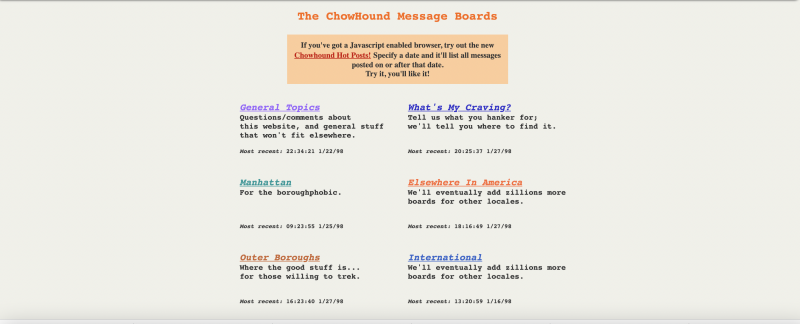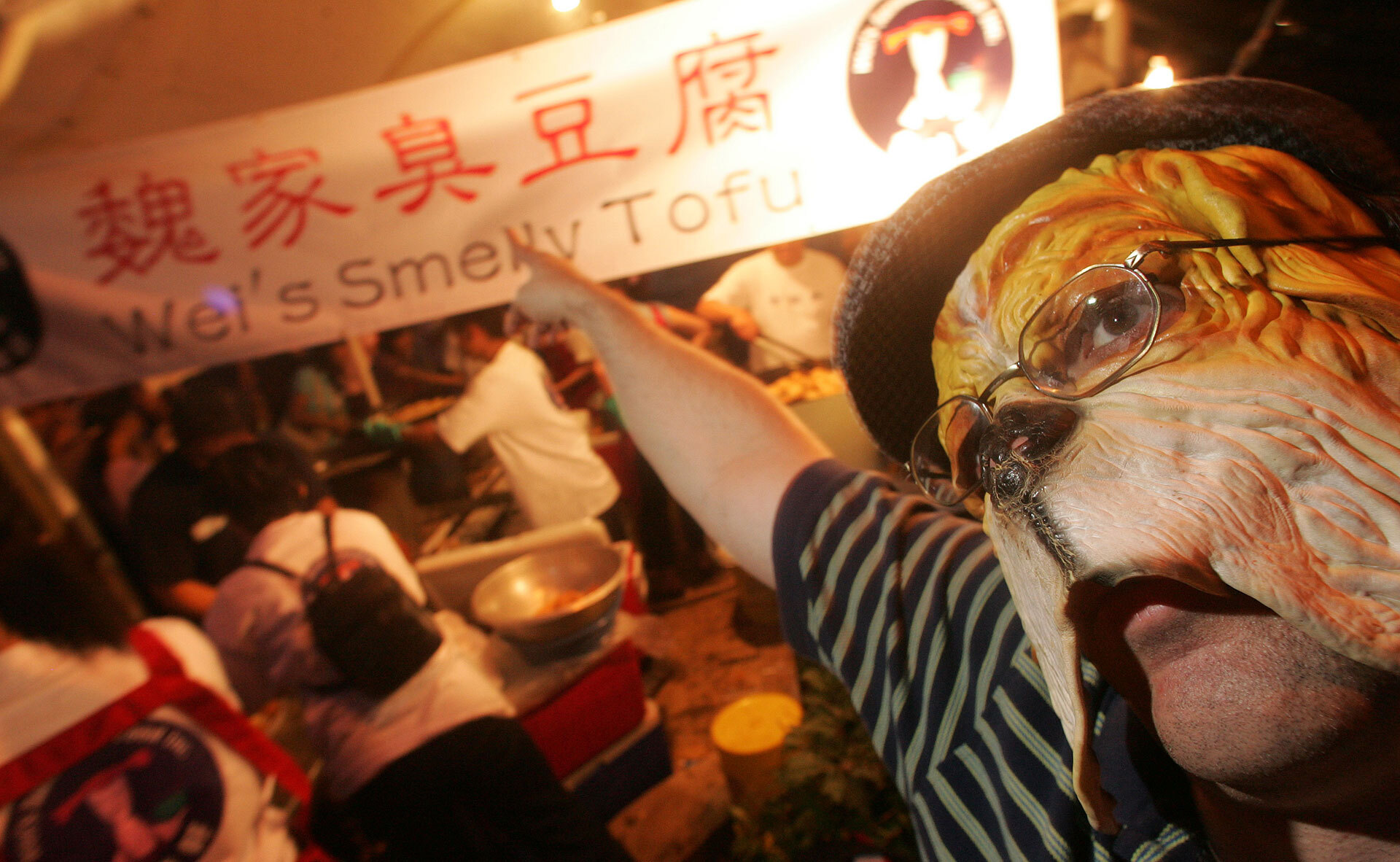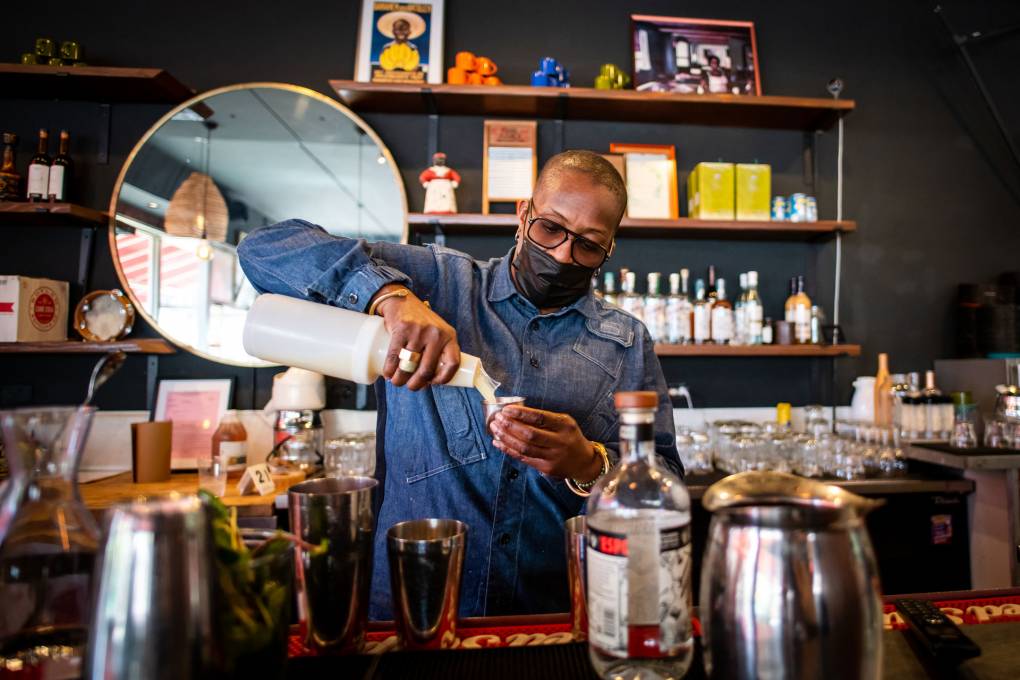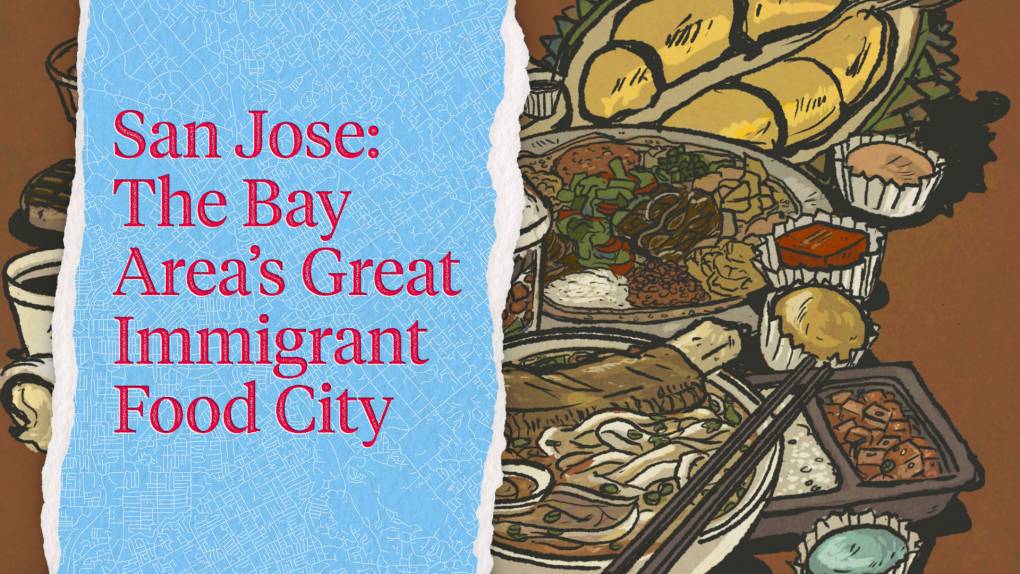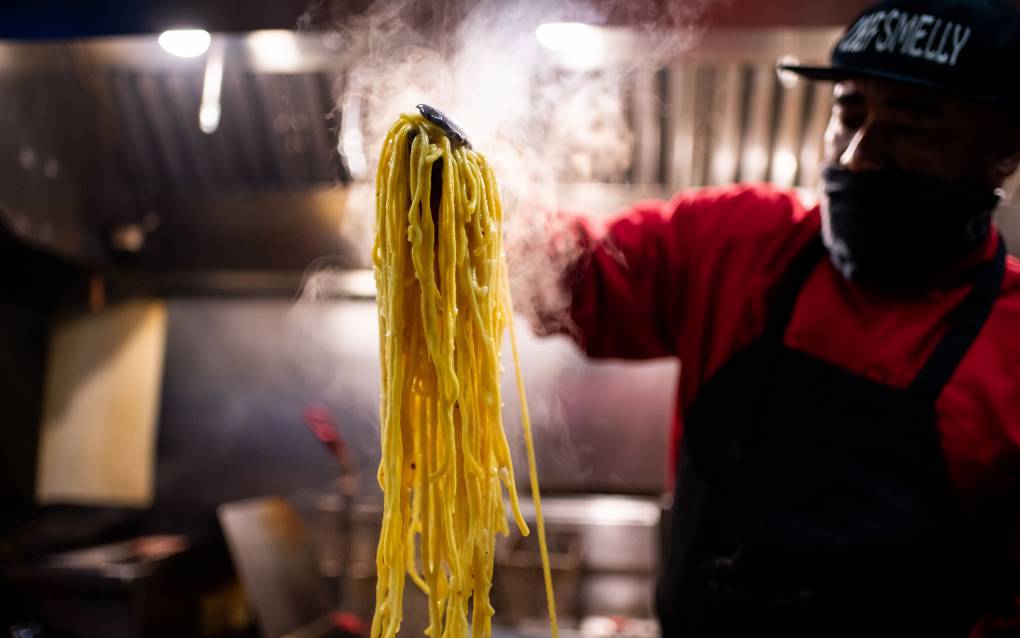Sampson Shen, who posted on Chowhound under the user name “ckshen,” was one of those who migrated from the site in 2015. He wound up creating his own alternative: a not-for-profit discussion forum called Hungry Onion that he hosts on a monthly budget of less than $100. It’s probably the closest thing on the web right now to the old Chowhound: It has a similar stripped-down aesthetic, and counts a large number of Chowhound exiles among its frequent contributors.
Still, Shen admits that Hungry Onion would struggle to even come close to the vibrancy of Chowhound’s golden age when, in any given discussion thread, you might have 20 knowledgeable posters writing in-depth analyses of the merits of a particular dish. An immigrant from Hong Kong, Shen says that while he knew quite a bit about his own culture’s cuisine, Chowhound provided him access to deep knowledge about so many other genres of food. Hungry Onion simply doesn’t have the critical mass of active members to do that to the same extent.
“To have a site that resembles half the richness of Chowhound’s conversation, we would need to have twice as many contributors,” he says.
Still, Shen doesn’t quite agree that Chowhound is a relic of the past. Even if “general chatter” has migrated to social networks like Facebook and Twitter, he believes there’s still a place for specialized knowledge—for the kind of nuanced and esoteric food discussions that take place on his site. Look at the online forums for computer programmers, for instance, Shen says. “They’re doing just fine.”
P
erhaps no one embodies the Chowhound ethos better than Wong, the aforementioned retired pharmaceutical executive whose discerning posts on everything from döner kebab shops to the local competitive barbecue circuit on the Bay Area board were the stuff of legend—to the point that the Los Angeles food critic Jonathan Gold once wrote her a fan letter and, eventually, struck up a friendship. (Like many professional food writers, Gold would post on Chowhound under a secret alias; even after Gold’s death in 2018, Wong has kept her promise to never reveal it.)
Wong is now one of the site’s last remaining regular active users, and says she’s posted her food discoveries on Chowhound nearly every day since around 2000. “Being part of an online community is as natural for me as going out for drinks with friends after work,” Wong says. “It has been my daily habit.” Even during Chowhound’s lean recent years, when I’d check in on the site once every couple of months, Wong kept up her prodigious output. Most days, it seemed like she was the only person who was still posting on the Bay Area board.
Chowhound was an important cultural marker, Wong says, for much the same reason that people were so deeply broken up when Anthony Bourdain died. “They made it okay to be obsessed with food,” she says of Chowhound’s online community. “That wasn’t so much a part of American culture before.”
On occasion, the forum would make its impact felt in the real world, even beyond boosting sales at scores of formerly overlooked panaderías, dosa shops and arepa stands. Wong recalls one poignant example when, in 2007, the city of Salinas planned to restrict, or even outright ban, taco trucks—an effort spearheaded by area restaurants unhappy with the competition. Wong, who had praised the city’s 30 designated taco trucks on Chowhound in the past, organized an in-person “chowdown” to show off what she believed to be a delicious, destination-worthy gem of the Salinas Valley. Wong attended the city council meeting in person to speak out on behalf of the taco truck community—and other Chowhounds blitzed the council members with letters of support.
In the end, Wong says, “We convinced them that taco trucks were something people come down to the area for.” The city council voted against the ban, and Salinas’ taco trucks were allowed to stay.
